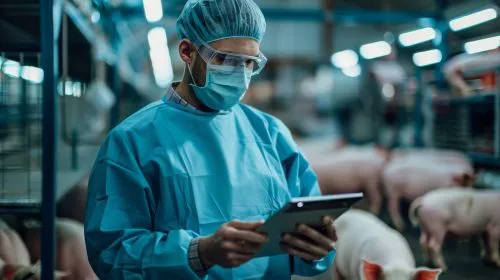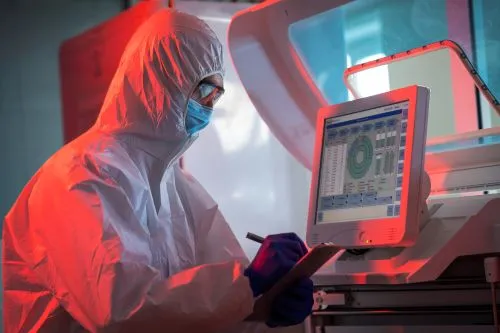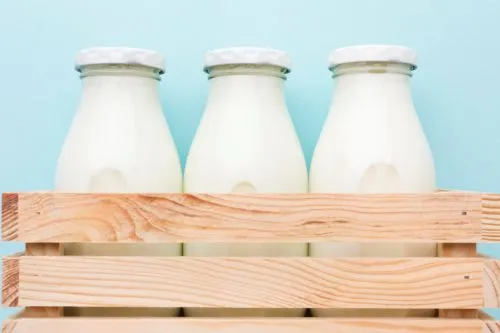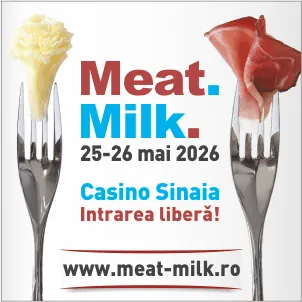655
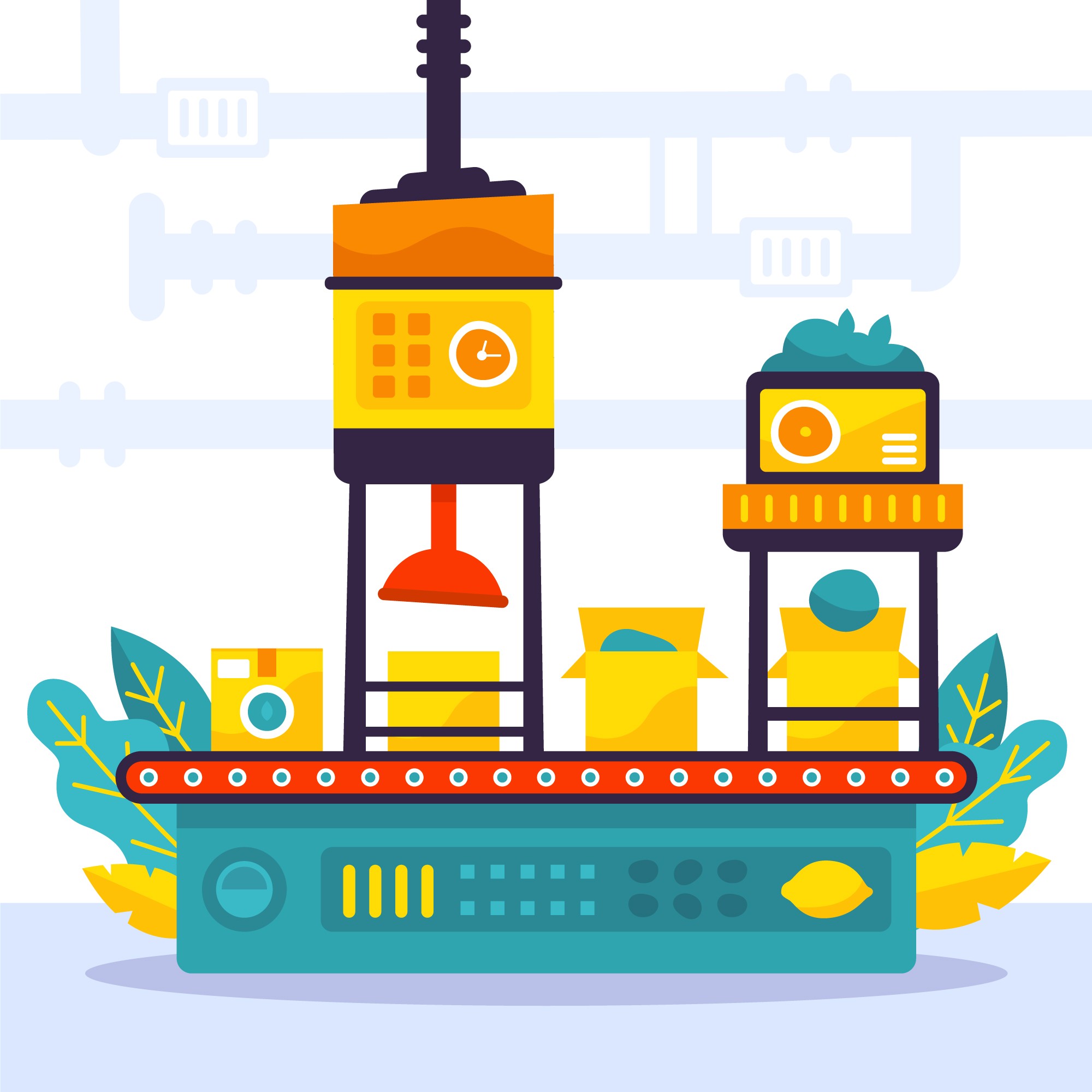
The meat industry is undergoing a phase of rapid technological transformation, driven both by market pressure for standardized and safe products, and by obligations imposed under European food safety legislation, such as Regulation (EU) No. 853/2004 and HACCP requirements.
Modern cutting lines have evolved from simple mechanical assemblies to fully integrated systems, with optimized flows designed to reduce processing times and technological losses. According to FAO data and EFSA analyses, the implementation of fully automated cutting lines can increase yield by up to 12% and reduce raw material losses by 5–7%. In Romania, the modernization of this segment is supported by interventions under the CAP 2023–2027 National Strategic Plan, which provides funding for the purchase of advanced equipment. These lines include automatic carcass guidance systems, optical sensors for measuring dimensions and thickness, as well as robots specialized in portioning operations, ensuring batch uniformity and full traceability.
A major advantage is the integration with MES (Manufacturing Execution Systems) software, which monitors production parameters in real time, detects potential non-conformities, and optimizes resource use. Studies conducted in processing units in the Netherlands and Denmark show that these systems can reduce labor costs by 10–15% and lower energy consumption by 8–10% thanks to the optimization of work sequences. In addition, compliance with ergonomics and hygiene standards is improved, contributing to fewer workplace incidents and higher quality of the final product.
In a context where demand for meat products with precise specifications is growing, adopting modern cutting lines is not just an investment in technology, but a strategic necessity for long-term competitiveness.
(Photo: Freepik)
